A film that helps audiences and tourists “decode” 50 symbols hidden behind the cultural, historical and identity sediments of Ho Chi Minh City. This is also the first time that a film promoting Vietnam’s tourism “does not follow the beaten path of documentary or simply introduce destinations, but through a new cinematic lens, with colors of adventure, danger, mystery, thrill and a bit of fantasy.”
With “50 Flashes” , the Ho Chi Minh City Department of Tourism would like to send a special message to the public on the occasion of the 50th anniversary of the Liberation of the South and National Reunification (April 30, 1975 - April 30, 2025).
Director Le Hai Yen - scriptwriter and production director had an interesting conversation with VietnamPlus Electronic Newspaper reporters, as well as revealed many behind-the-scenes stories during the more than 60-day journey of producing the unique film.
Journey of "bringing memories into reality"
- As a producer and screenwriter, how did “50 Flashes” come to you?
Director Le Hai Yen: For me, creativity always starts from a problem that needs to be solved, not from vague, floating ideas. And I started making “50 Flashes” from reality: There is a big gap between how tourists and the public perceive Ho Chi Minh City and the real depth of this city.
Iconic destinations of Ho Chi Minh City after 50 years of Southern Liberation and National Reunification. (Photo: Film crew)
I have asked many people, when you come to Ho Chi Minh City, where do you go, what is your impression? The answers mostly revolve around familiar landmarks such as Ben Thanh Market, Notre Dame Cathedral... But very few people understand why these symbols were formed, the historical story behind them, the context of their birth, their names, or the cultural material that created them.
Ho Chi Minh City is a vibrant, sleepless metropolis, that is obvious to everyone. But behind that bustling pace of life is a hidden depth of culture, history and identity. When I did the art program to open the 2023 River Festival, some people said it was good, others said "it's still not enough about Ho Chi Minh City." And it was from questions like that that I realized: It's not just about understanding, but also about how to make the audience and tourists understand.
- So, in order for audiences and tourists to "also understand" the hidden values as you said, when writing the film script about the 50 symbols in "50 Flashes," was there anything that made you worry?
Director Le Hai Yen: I always say that creativity comes from the problems and dreams of the creator. With “50 Flashes,” the problem is how to help the audience see Ho Chi Minh City not only through its modern appearance, but also through its historical depth and inherent cultural diversity. Although it cannot convey everything, I believe that at least the film has portrayed unique and authentic cultural colors.
Dreams are an equally important part. The dream of seeing those historic moments, of living in the atmosphere of those sacred moments. I always imagine: if I were there, at that moment, what would my feelings be like? From that dream, I write the script, so that the character has the opportunity to feel for me, to live with moments that no one can witness a second time in their life.
Behind the scenes of the film crew. (Photo: Film crew)
When those images are recreated through cinema, each scene moves me. Because the most beautiful thing is not the technique or the technique, but the feeling of having done it: Bringing memories into reality, turning nostalgia into a vivid experience.
I have always believed that no matter how sophisticated a film is, the reality and true history are many times more touching and grandiose. For me, writing the script for “50 Flashes” is a journey to bring my personal dream into reality, while also sowing a common dream so that many people can see, understand and love Ho Chi Minh City in a different way.
Unconventional storytelling
- Ho Chi Minh City is already very familiar to many people, so to "awaken" a new perspective, a different level of awareness, what difference do you bring?
Director Le Hai Yen: With “50 Flashes,” I not only want to take viewers through 50 symbols, but also into the stories behind them. Not the superficial beauty of the works, but the soul of each place, each historical period. From that thought, I envisioned a film that could promote tourism to the City not only as a destination, but as an emotional journey, where each person can find their own heartbeat.
Director Le Hai Yen wants to tell stories with genuine emotions at each location, so that each space is not only a backdrop but also a part of the soul of the journey. (Photo: NVCC)
Someone once asked me: why choose a foreign actor for the main role, instead of a Vietnamese? I think, to tell a story to the world , sometimes we need a “stranger”, a blank sheet of paper, to observe the City with objectivity, with the original emotions of a person coming here for the first time. Thanks to that, the film can open up many layers of meaning and help both Vietnamese and international audiences to sympathize and connect more easily with the story of Ho Chi Minh City.
We chose to tell the story of Ho Chi Minh City not through the beaten path of documentary or simply introducing destinations, but through a new cinematic lens, with colors of adventure, danger, mystery, suspense and a bit of fantasy.
This is the first time Ho Chi Minh City has made a tourism promotion film in this style, a pioneering and bold step, not only in form but also in the approach to the tourism experience as an emotional journey.
- To be able to help this tourism promotion film not follow any beaten path, you and your crew must have encountered many challenges?
Director Le Hai Yen: With a travel film like “50 Flashes,” the challenge is not just to capture beautiful scenery. We want to tell stories with real emotions at each location, so that each space is not just a backdrop but also a part of the soul of the journey. For me, the audience experience is always the central factor.
At the Cu Chi Tunnels, we weren’t just making a film, we were living a part of history. Getting equipment underground was challenging enough, but recreating the scene inside the cramped, dark, airless tunnels pushed the limits even further.
Some of the local culinary specialties are promoted in the film. (Photo: Film crew)
There were times when the whole crew had to stop to... breathe, the smoke from the oil lamps spread throughout the tunnel, making many people dizzy, their noses black from inhaling the smoke. But no one complained, because everyone understood what their mission was to recreate. I wanted to recreate and bring a vivid feeling to the audience, because not only in the narrow tunnel but above the tunnel there were also the sounds of bombs falling, stray bullets, and the earth shaking.
There was a day when we were filming at Bui Vien, we mobilized more than 100 extras and set up dozens of equipment right in the middle of the street, amidst the loud music and bustling crowds, but everything disappeared after a sudden rain, and we had to start all over again. It was a sleepless night, filled with moments of suspense and perseverance, because more than a film, this was a journey in which hundreds of people devoted their whole hearts to tell a very special story about Ho Chi Minh City. I believe that it is these things that create the true soul of “50 Flashes.”
Standing in the middle of the Opera House, I imagine the peak of traditional arts, where Vietnamese artists once shone on stage with passion and timeless talent. I believe that history always moves in cycles, and the time will come when traditional arts will return to their original glory. Maybe not now, but if more and more people speak up, create together and celebrate together, those values will revive naturally and sustainably.
We also pay special attention to little-known cultural spaces, such as Phu Chau Floating Temple – a 300-year-old site located in the middle of the river, bearing the imprint of Chinese culture and profound spiritual elements. There, people not only worship gods in folk beliefs but also have a fusion of Buddhism and Taoism. The more forgotten such places are, the more I want to film them beautifully, not only to record them, but also to arouse the desire to explore them from the audience.
The male lead in the film. (Photo: Film crew)
In “50 Flashes,” we only selected about 20 symbols to film in detail, while the other symbols appeared in a series of images in the tunnel that the character passed through, because the film's length did not allow.
But I believe that each chosen destination has its own story and beauty. If I have another chance, I really want to continue telling the rest, to fully express the cultural appearance of the City named after Uncle Ho.
Traveling is not just about seeing things.
- The scene where the monkey "steals the camera" is considered one of the surprising and interesting highlights in "50 Flashes." Is that a real scene?
Director Le Hai Yen: Initially, the crew proposed using 3D effects for the monkey scene, but I strongly objected. I wanted every emotion to be real, and the final choice was to work with two professionally trained monkeys.
But working with this “special actor” was not easy. We had to rehearse many times, from the action of stealing the camera to the expression, the eyes, the movements of returning the item, everything had to be exactly right. Sometimes, the monkey did not take the item we “ordered”, but just took something else and… walked away.
The City's signature destinations are presented in beautiful and delicate slices. (Photo: Film crew)
We had to practice over and over again, the whole crew was nervously waiting for the actors to see if their facial expressions were right, if their gazes were right, or if their movements were in sync. We waited for a moment and filmed it over and over again.
In the middle of filming, a wild boar suddenly appeared, causing the whole crew to panic and run away. As for me, I still... sat still because I thought it was a staged scene.
- How do you feel after finishing filming the movie? And what is the message you want to convey through “50 Flashes”?
Director Le Hai Yen: Right now, I am happy because at least we have done one thing: so that young people, when seeing the film, can find inspiration and some reference to history, not as a dry lesson but as a part of the soul, of collective memory.
I just hope that after watching, people will pack their bags and go. Because “50 Flashes” is not a documentary, it does not have much time to explain clearly who the characters are, why they go, where the journey leads them. Instead of explaining, I choose to suggest. The film is like an invitation, a visual guide, opening a journey of discovery. We only give a sign, a door, but to enter, how far to go, that is the choice and personal experience of each person.
The atmosphere and culture of the traditional New Year are colorfully recreated. (Photo: Film crew)
I always believe that traveling is not just about seeing. Traveling is about learning, feeling, understanding a slice of history, a cultural story, or even just a very special moment of emotion in an old scene.
And “50 Flashes” is the first suggestion for that. It is very suitable for the spirit of “Find Your Vibes” that the tourism industry of Ho Chi Minh City is aiming for. Because each person will be moved by a different thing. And if I told and explained everything, what else would tourists have to discover for themselves?
I don’t want to take the audience to the destination. I want them to start the journey and if there is only one message, what I want to convey is: Pack your bags and go. Let your heart lead you to the things that the history, culture and people of Vietnam are waiting for you to discover.
- Thank you for sharing./.
"50 Flashes" revolves around the main character, a foreign tourist, on a journey to explore Ho Chi Minh City. He enters an antique shop and is given an antique camera that once belonged to a war correspondent. He accidentally touches the shutter button of the antique camera and is drawn into a magical journey through space and time, passing through many iconic locations of the city.
On that special journey, the main character not only admires the beautiful landscape, but also directly experiences cultural slices, historical imprints and typical lifestyle of the City from the past to the present, from ancient buildings to contemporary spaces.
With a combination of fantasy, adventure, risk and emotional depth, each destination appears not only as a beautiful scene, but also as a part of the vibrant soul of the City - a place that preserves the story, identity and spirit of Saigon through each cinematic frame.
The film crew chose to film at iconic tourist sites of the City such as the Cu Chi Tunnels Historical Site, Can Gio Mangrove Forest, Ho Chi Minh City Post Office, Ho Chi Minh City Fine Arts Museum - buildings that preserve the city's historical depth, or at Ben Thanh Market, Bui Vien Street... carrying the breath, modern beat and vitality of a city rich in cultural colors...
(Vietnam+)
Source: https://www.vietnamplus.vn/50-flashes-giai-ma-nhung-bieu-tuong-cua-thanh-pho-ho-chi-minh-sau-50-nam-post1035809.vnp


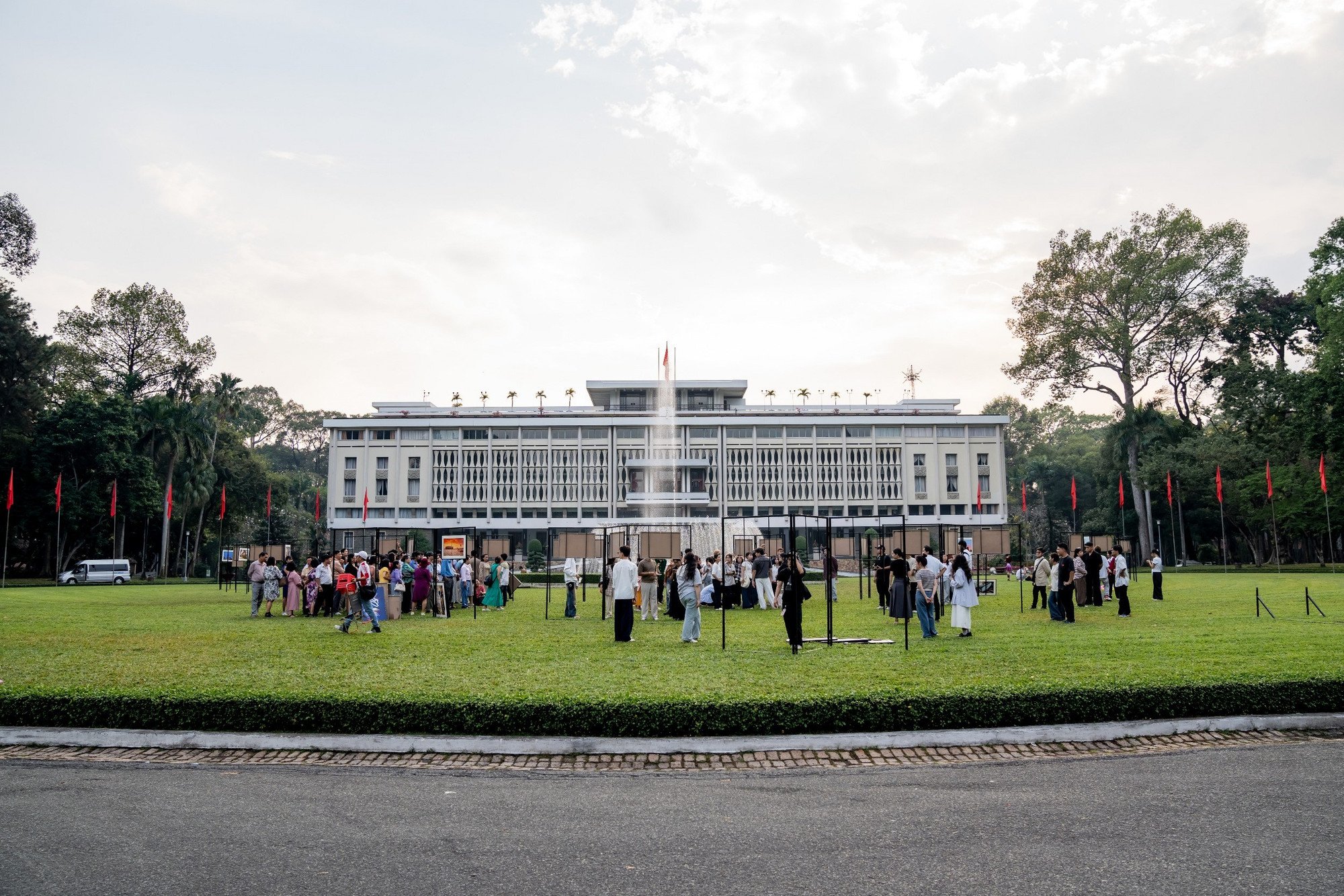

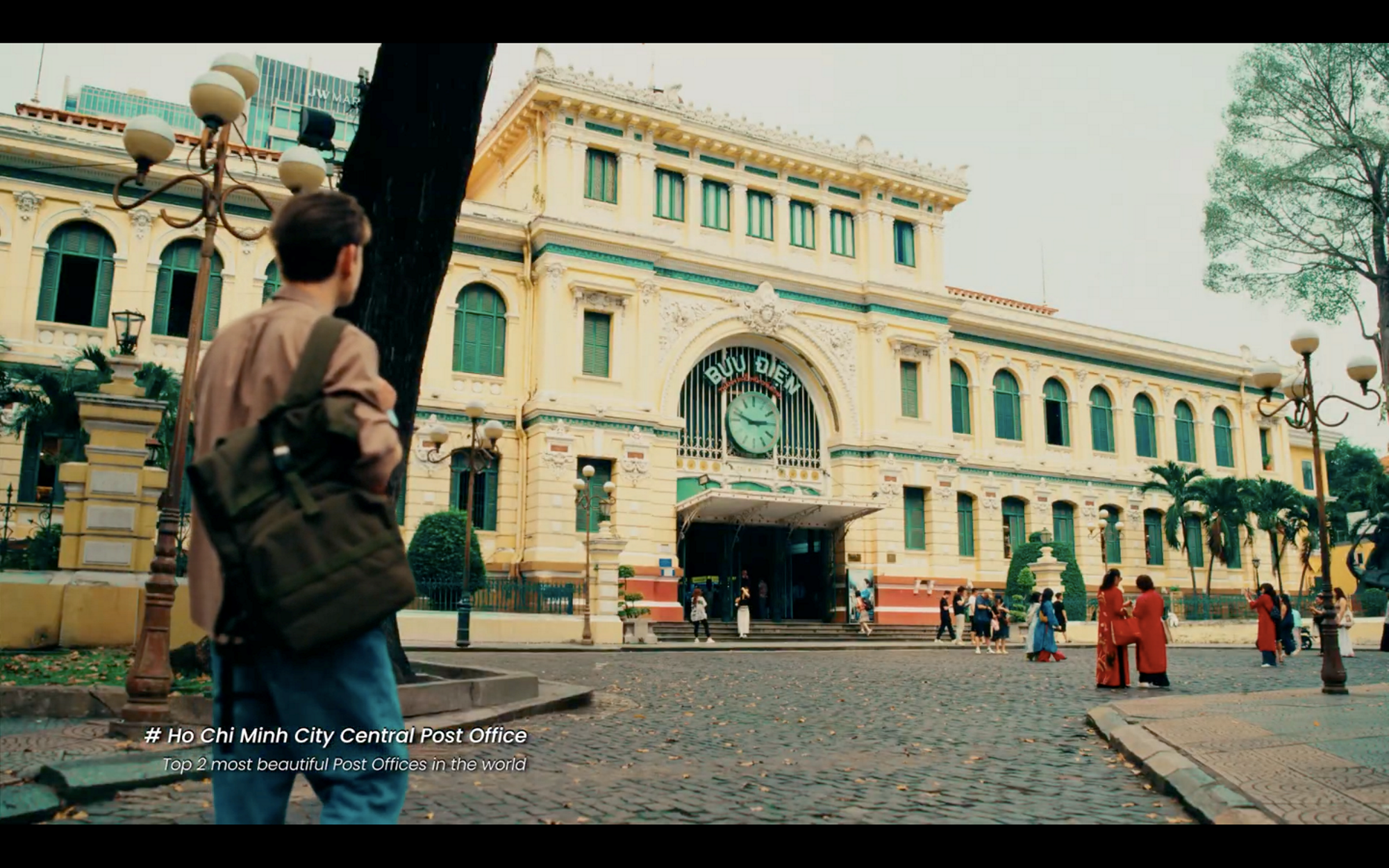
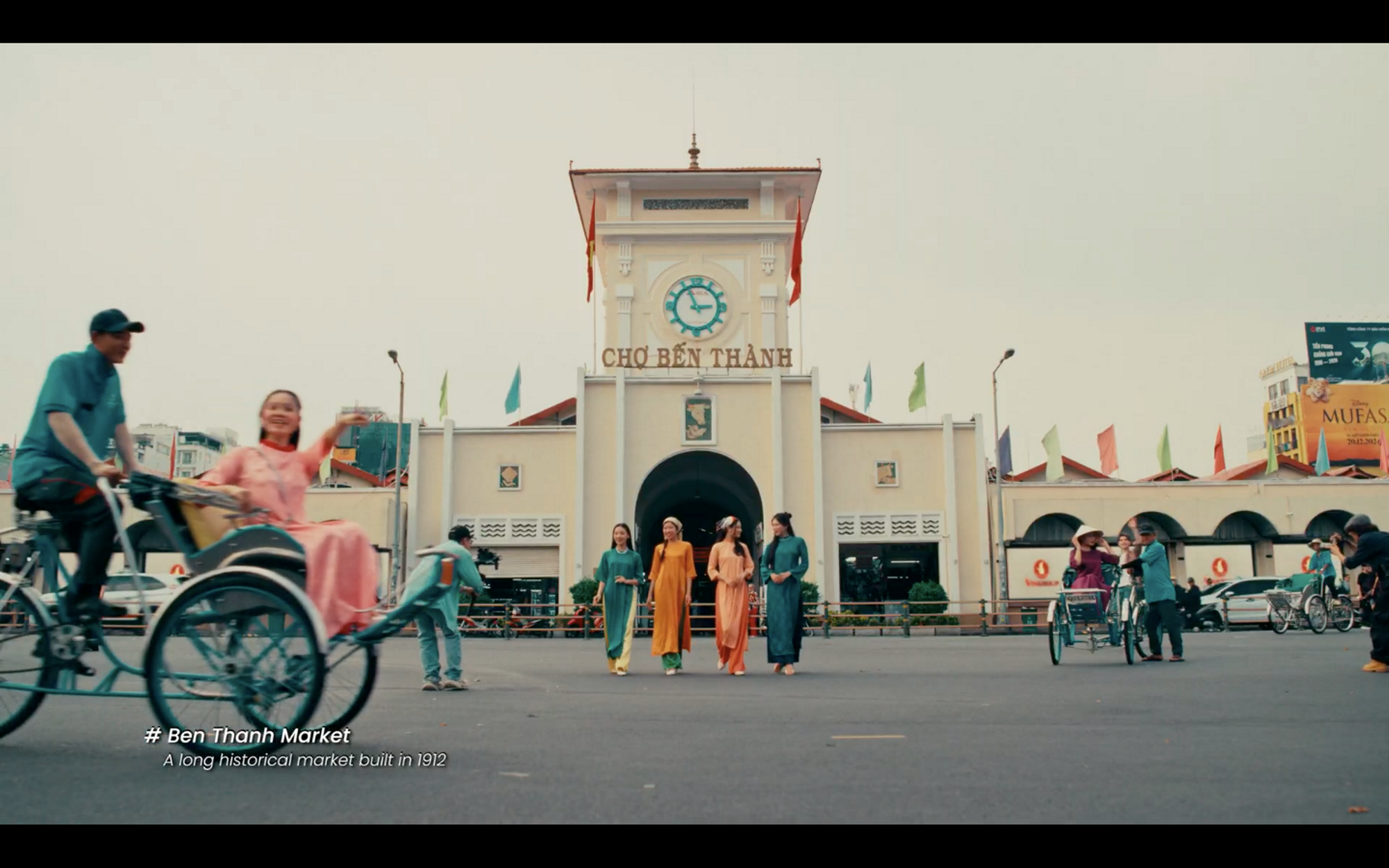
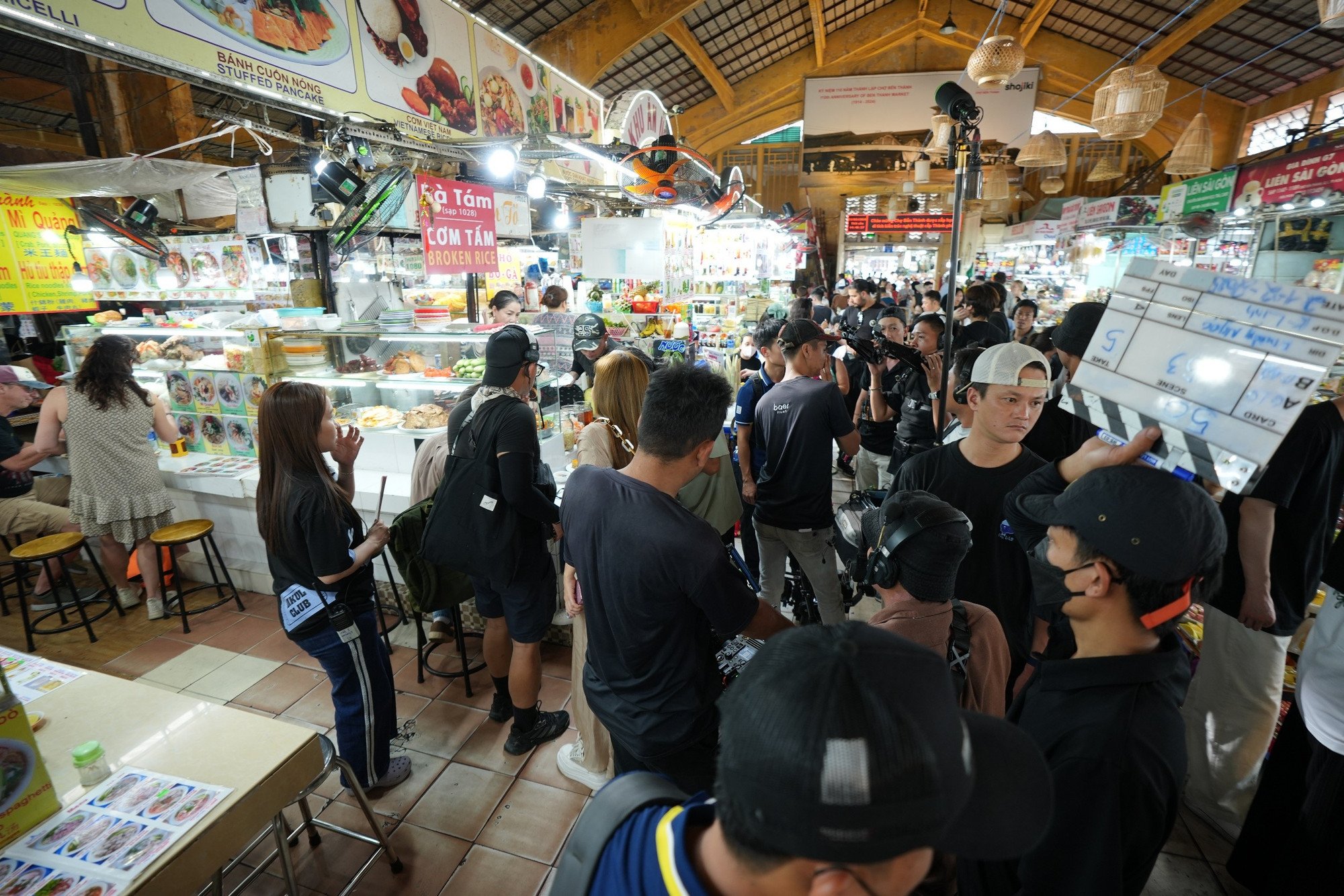


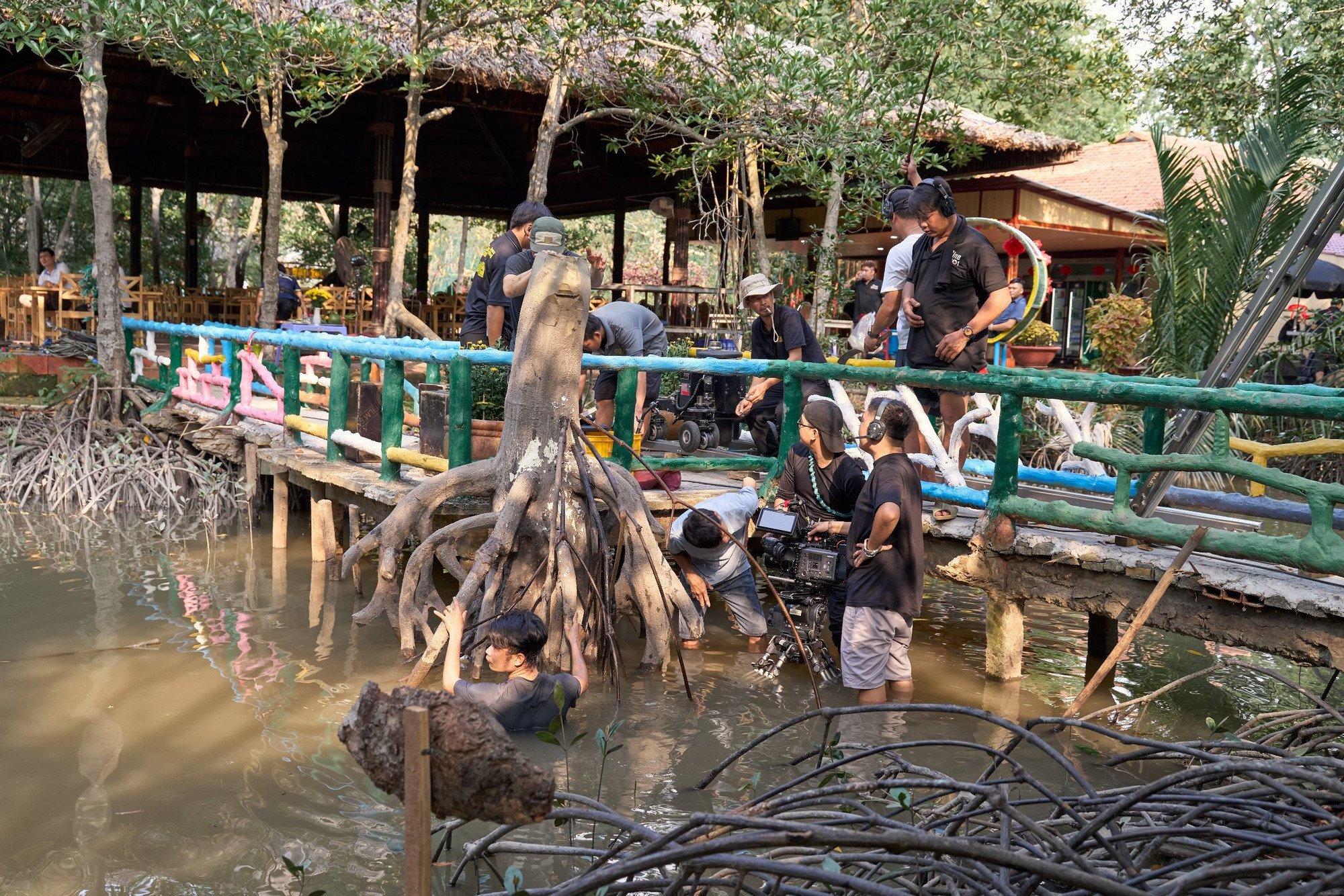
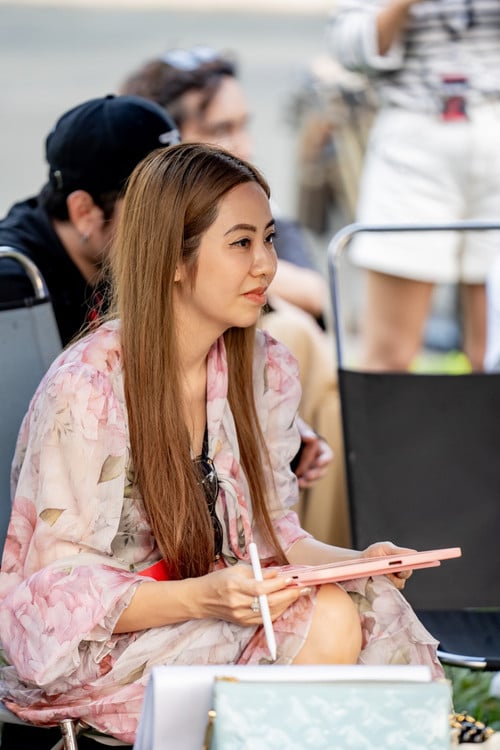
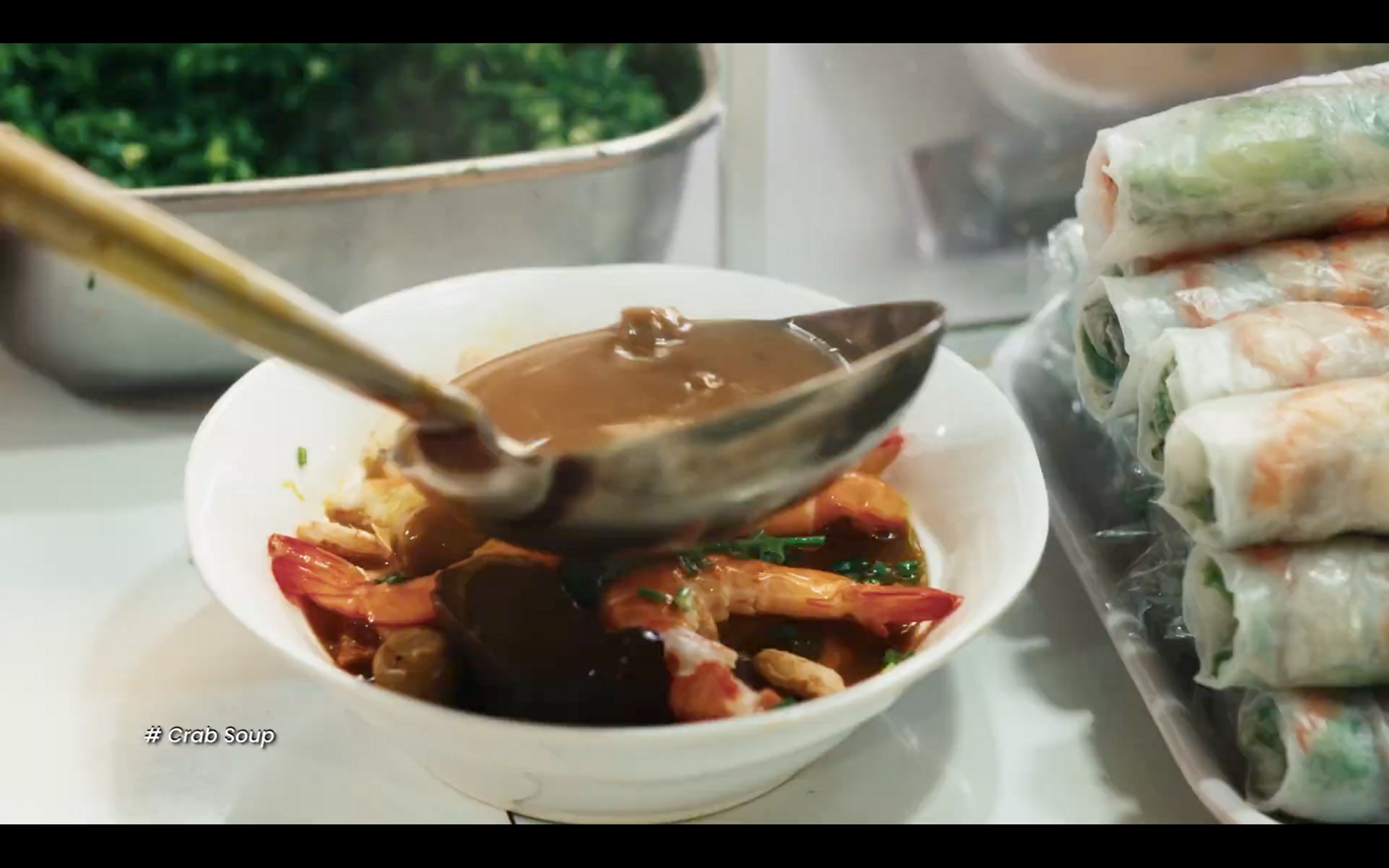


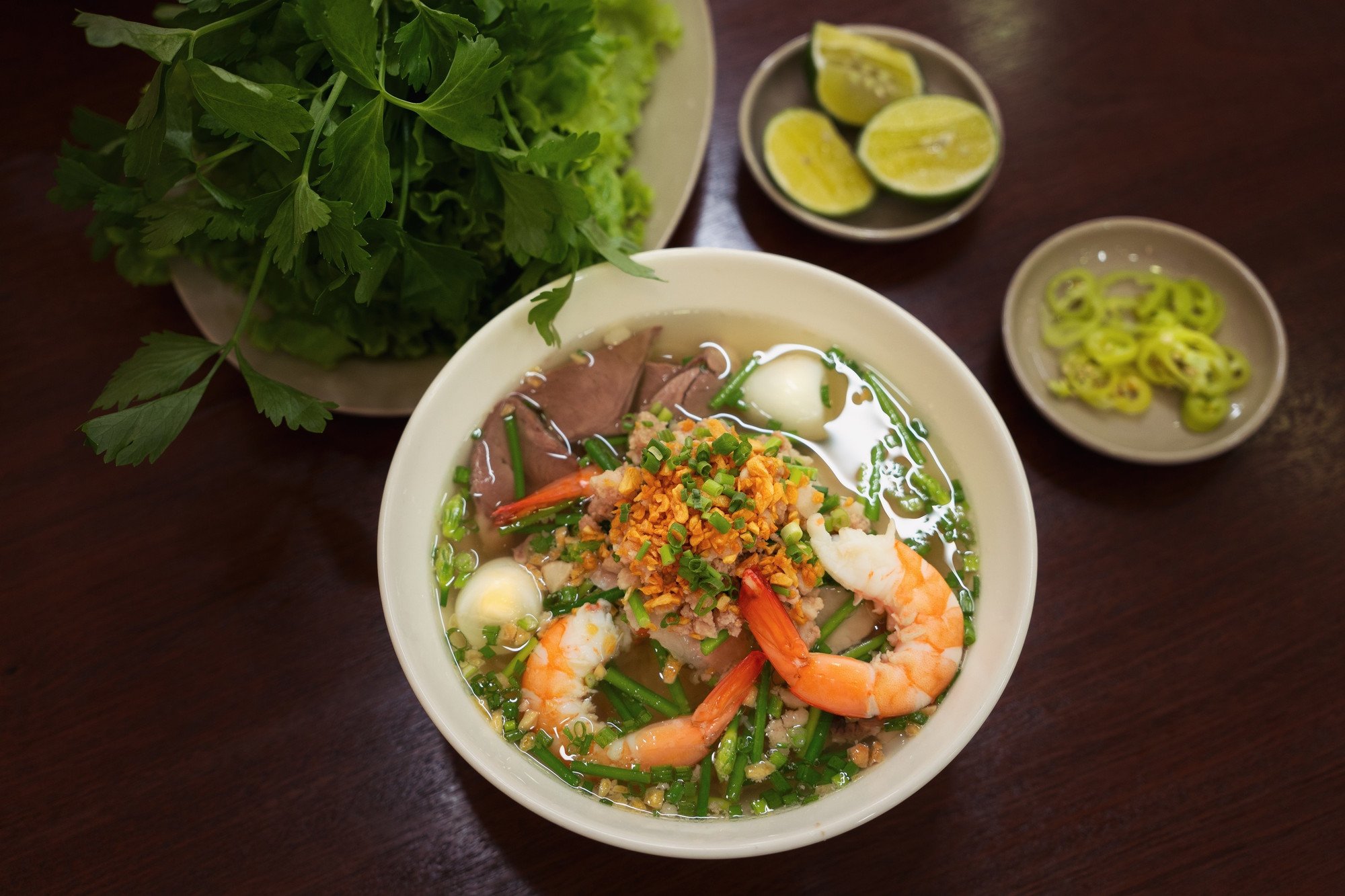
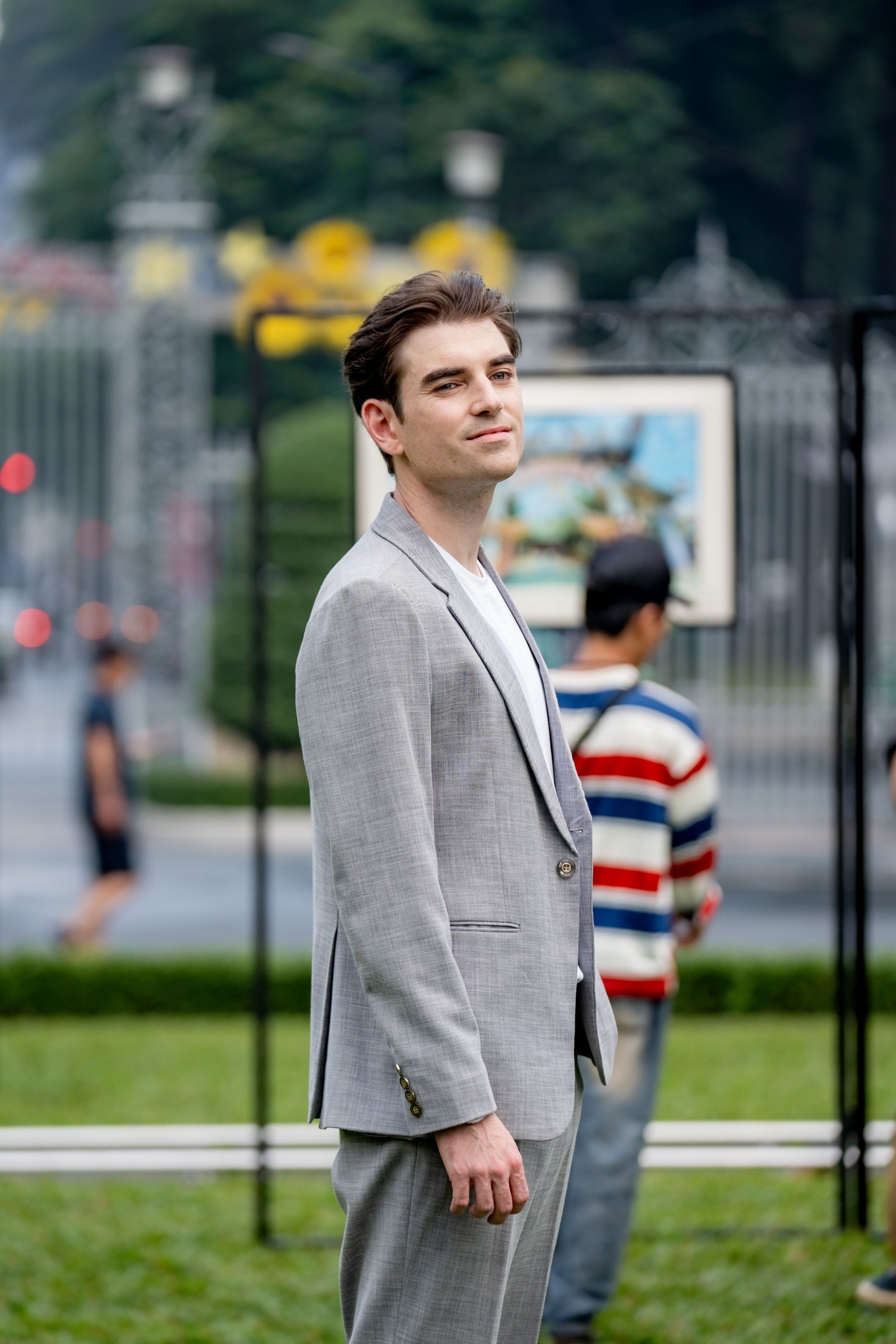
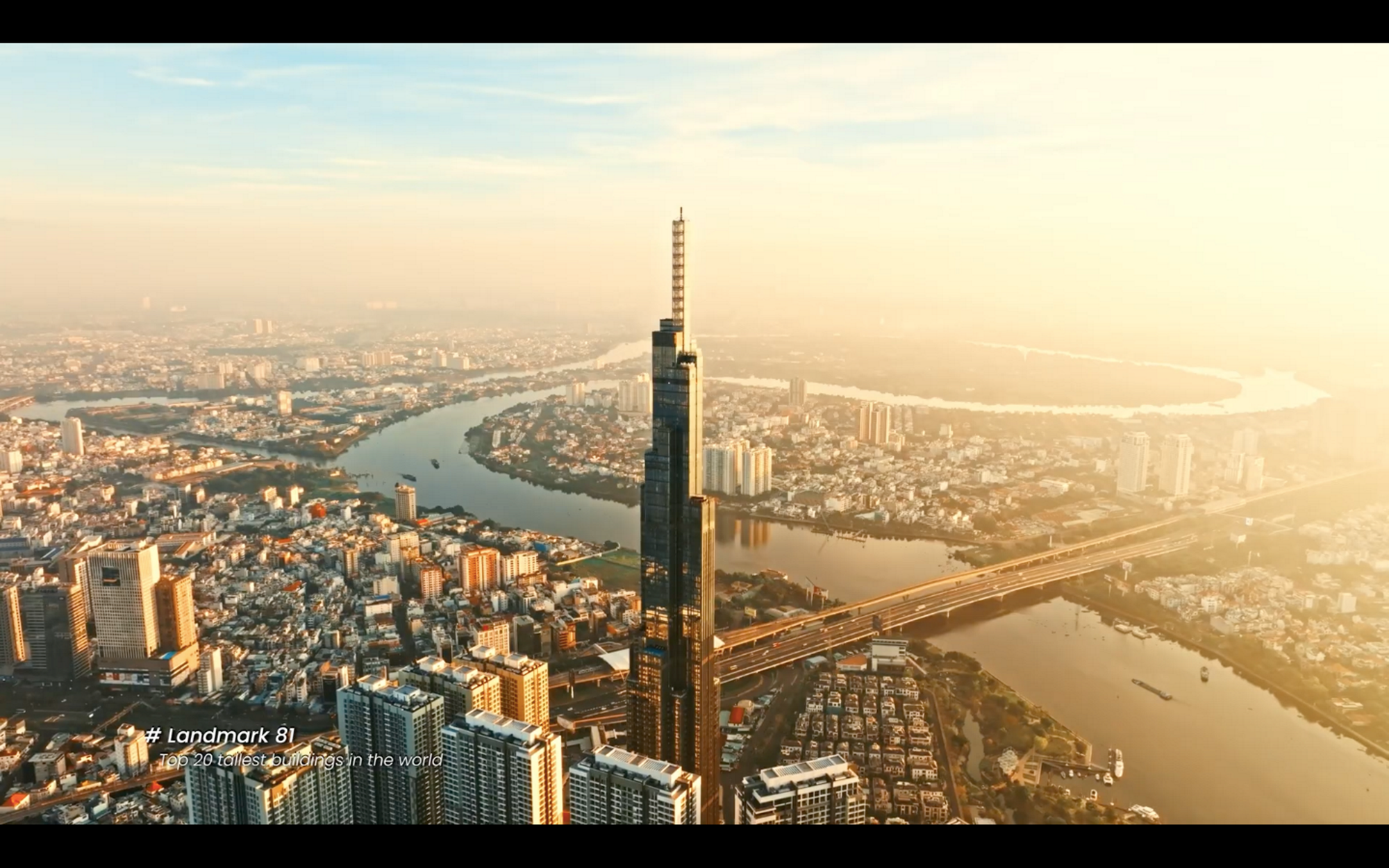
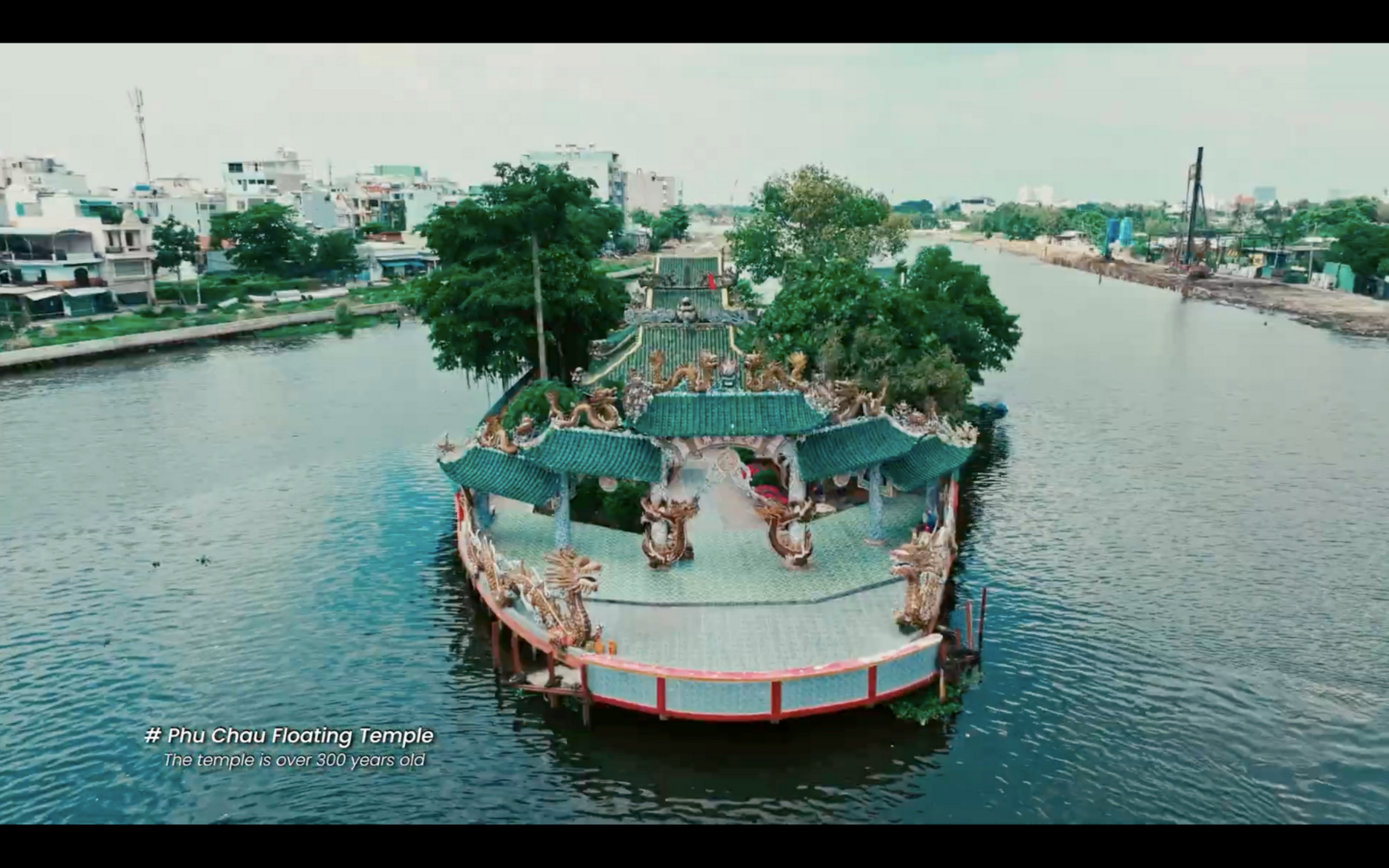
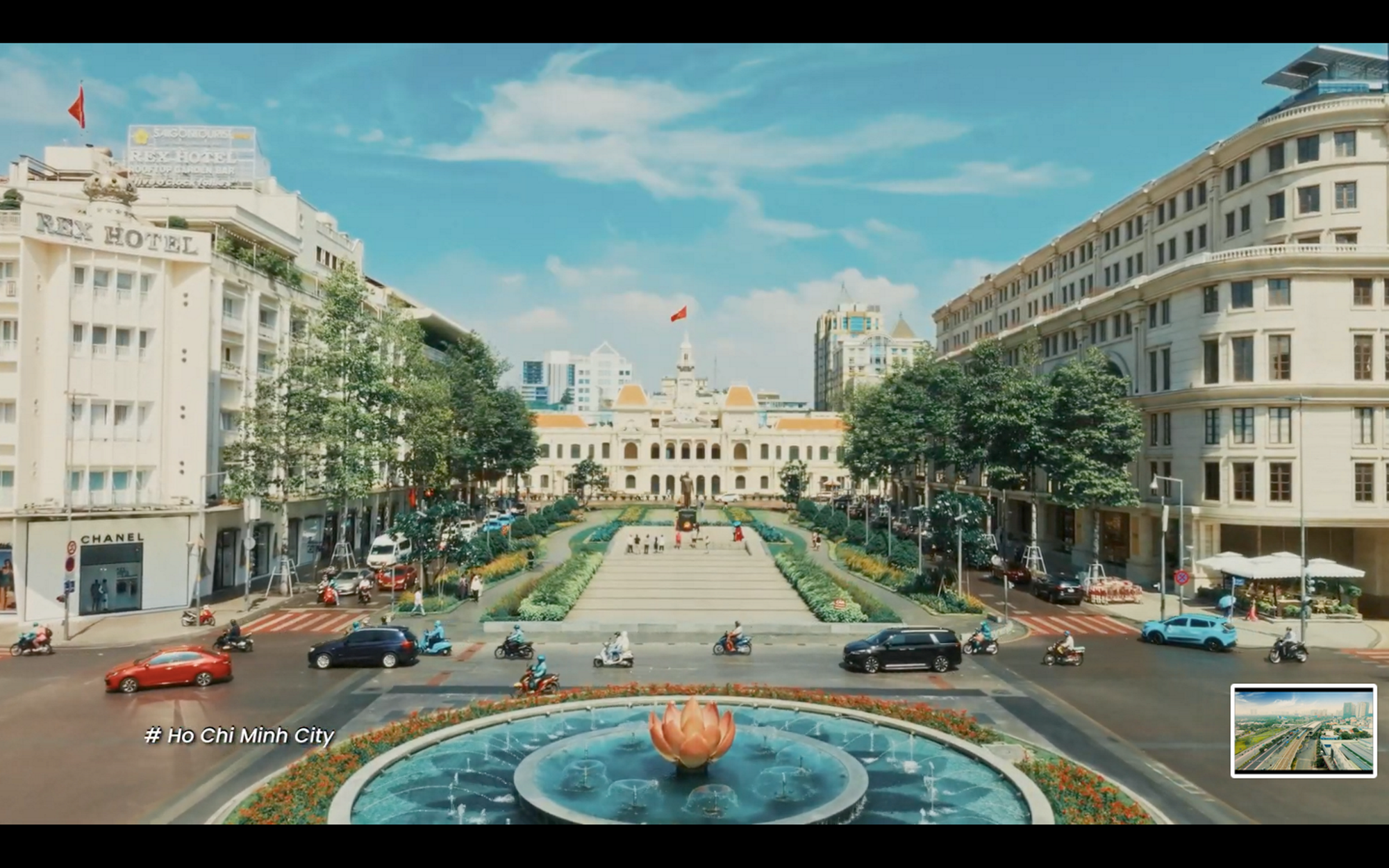

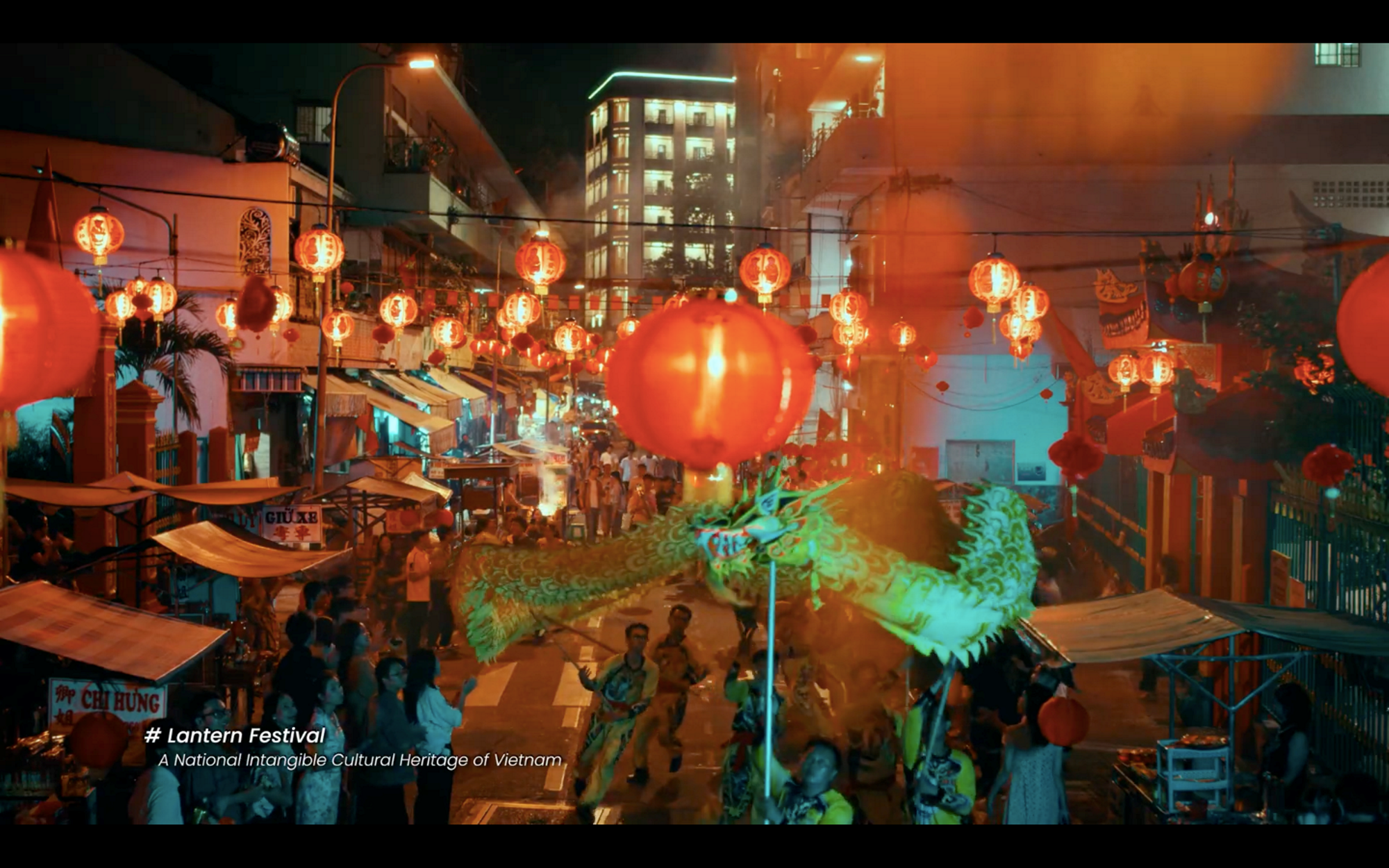
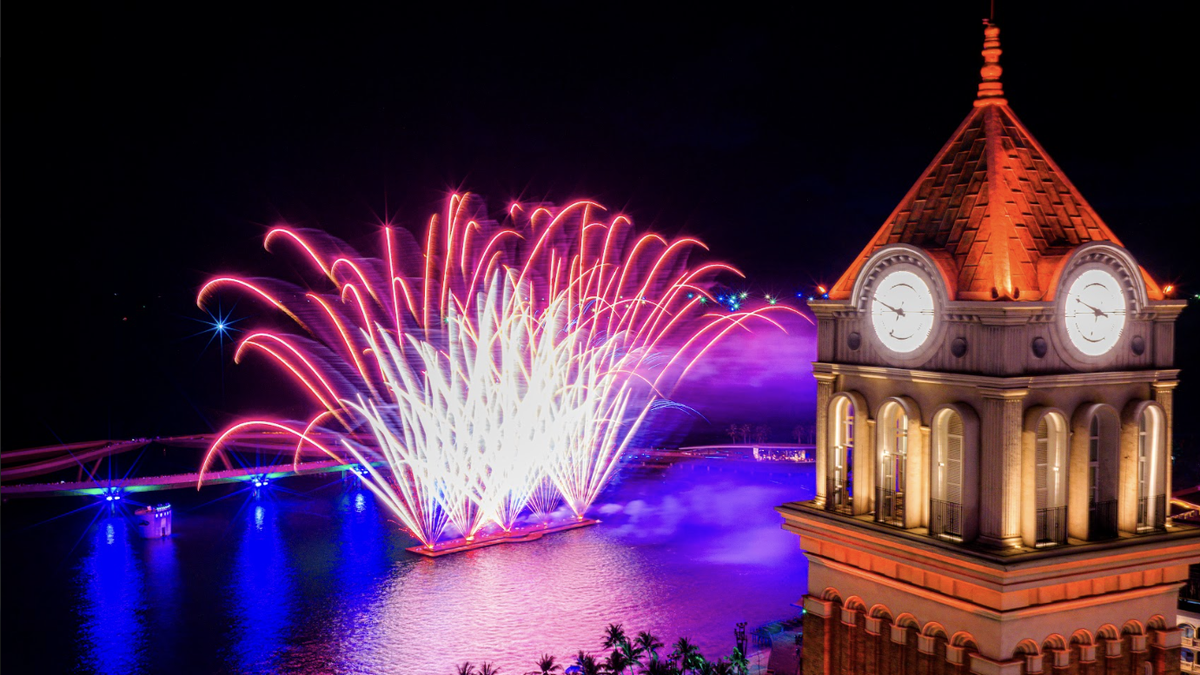

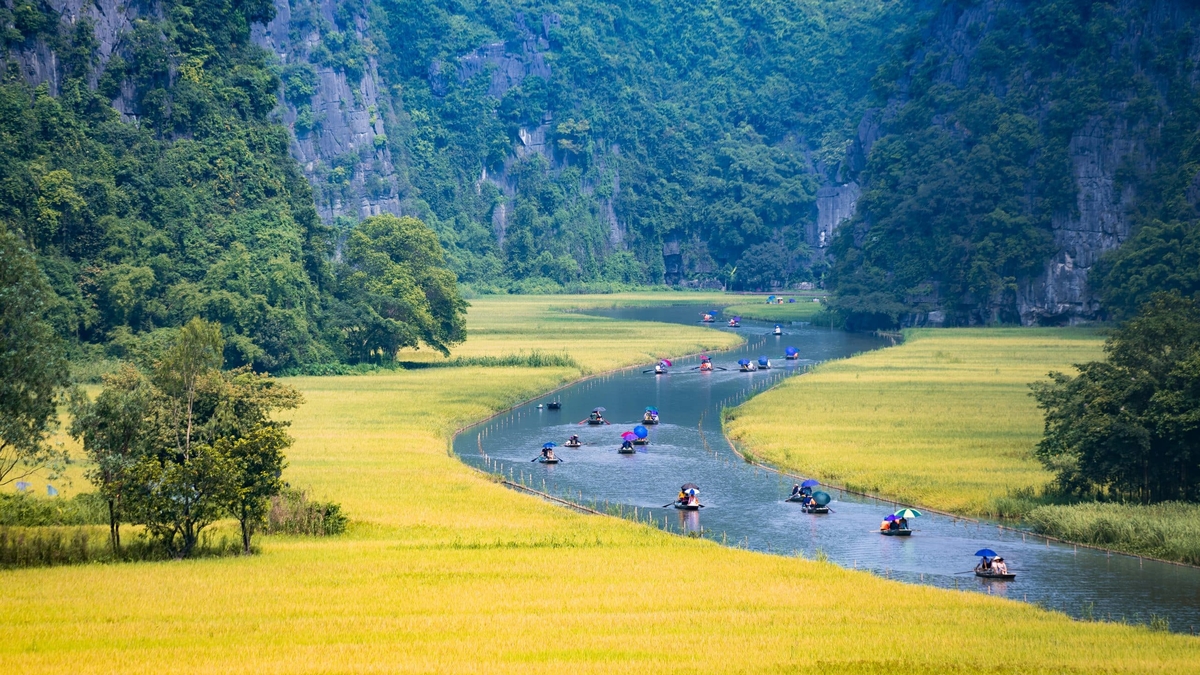

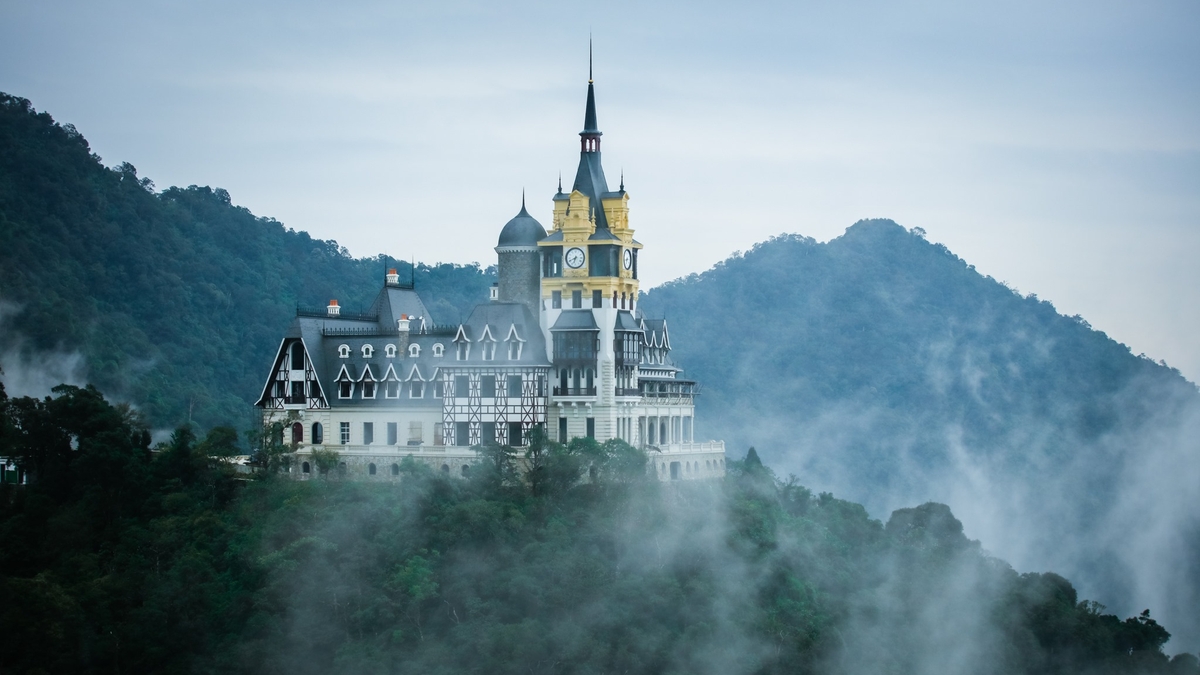
![[Photo] Prime Minister Pham Minh Chinh chairs the second meeting of the Steering Committee on private economic development.](https://vphoto.vietnam.vn/thumb/1200x675/vietnam/resource/IMAGE/2025/11/01/1762006716873_dsc-9145-jpg.webp)
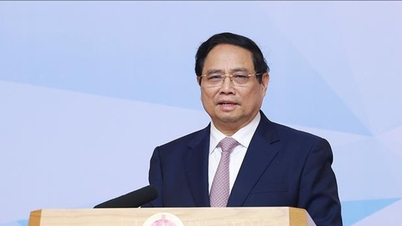

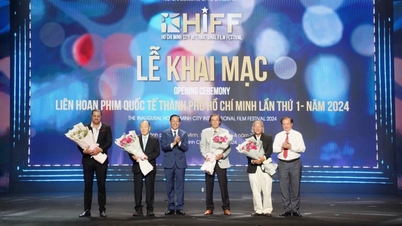



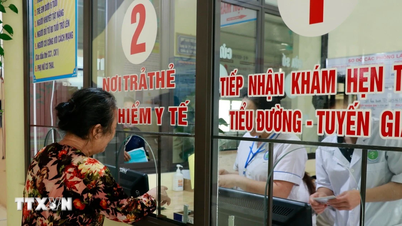
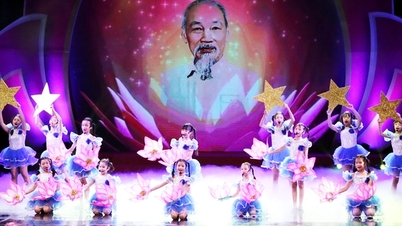

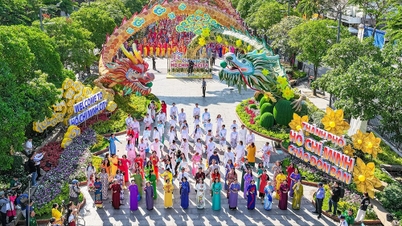

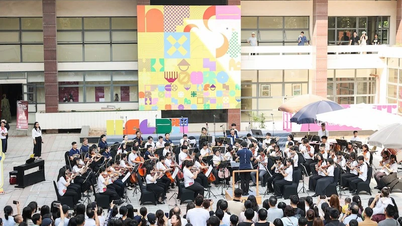

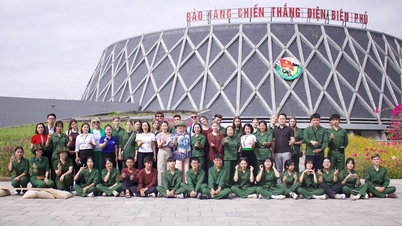



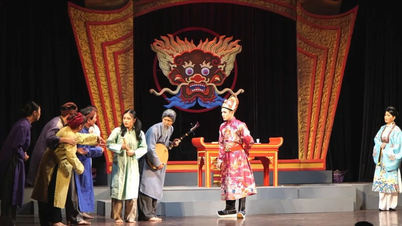

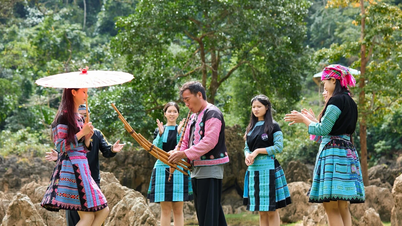
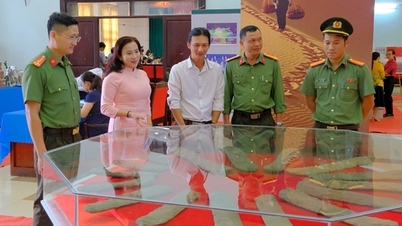




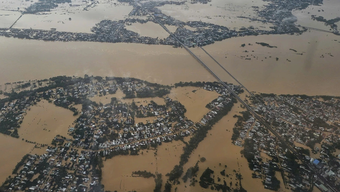
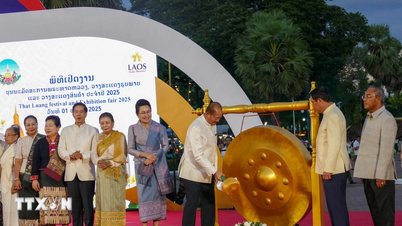
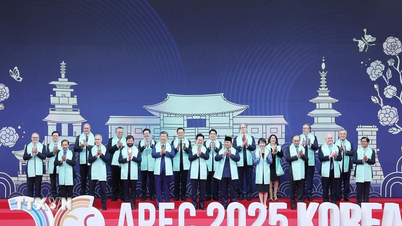

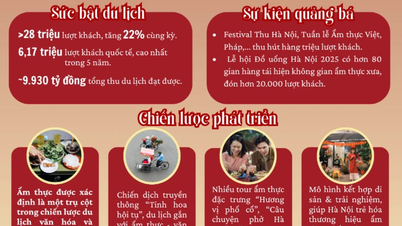
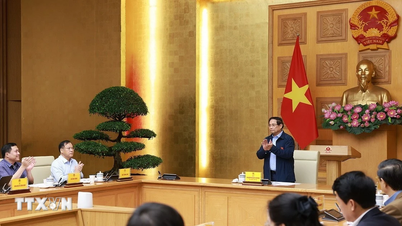
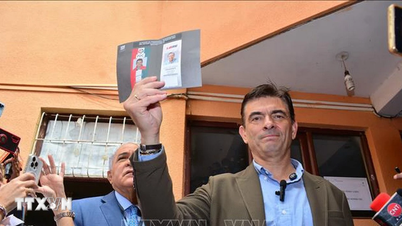

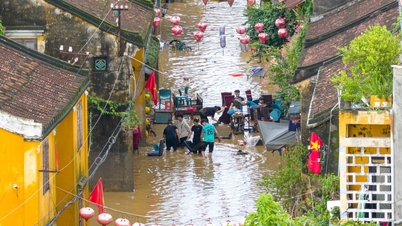

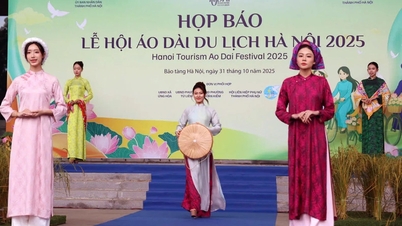

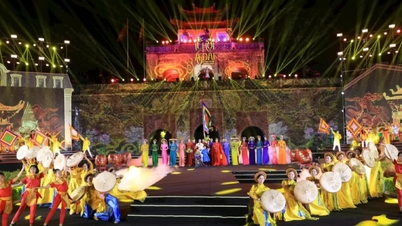

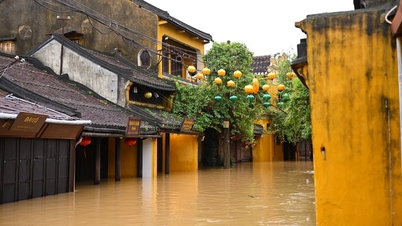
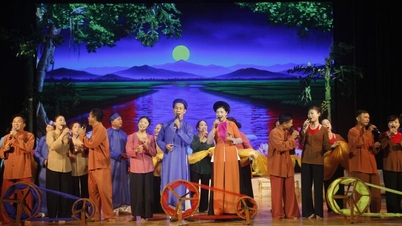




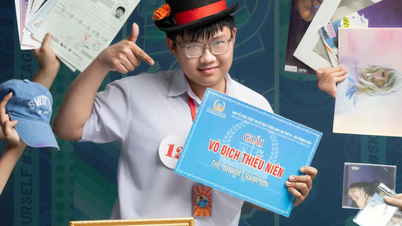




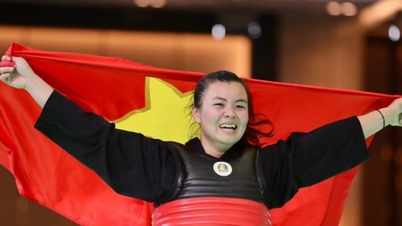

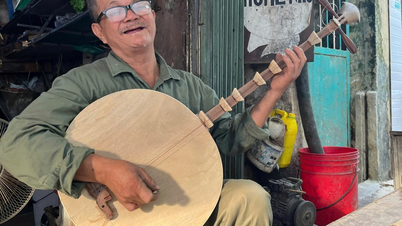

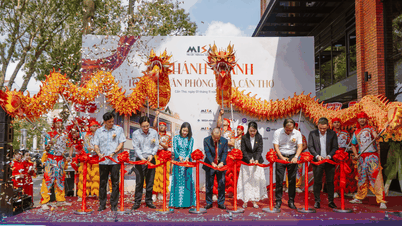

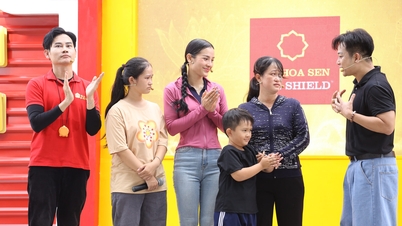
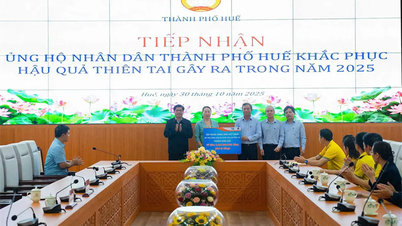
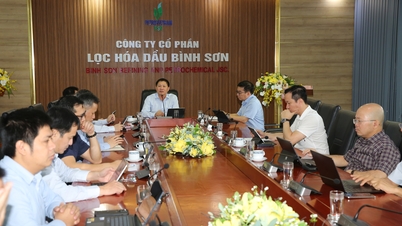
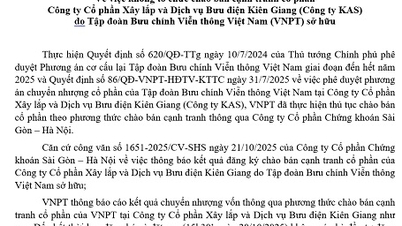



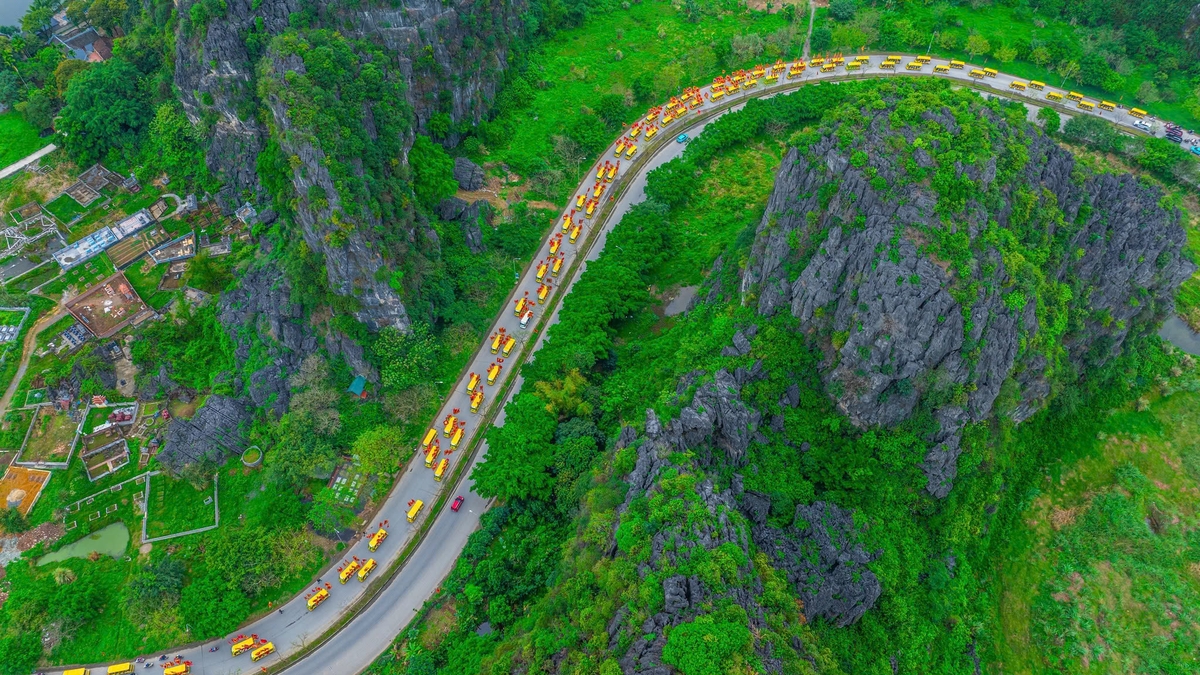

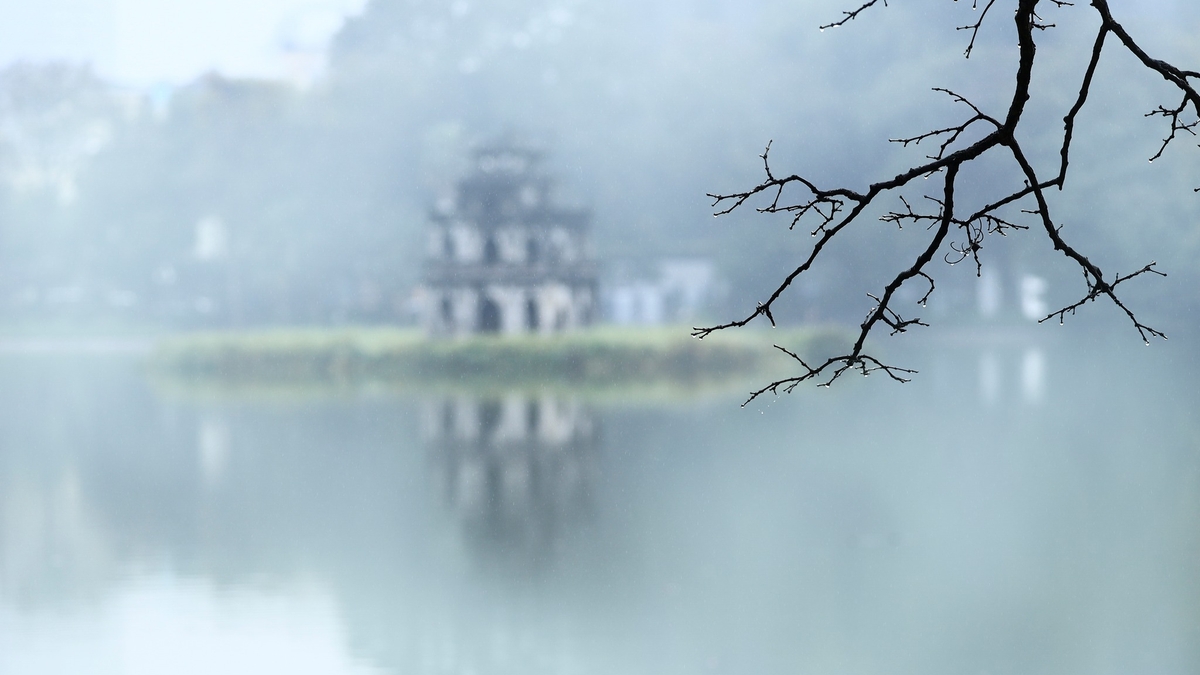
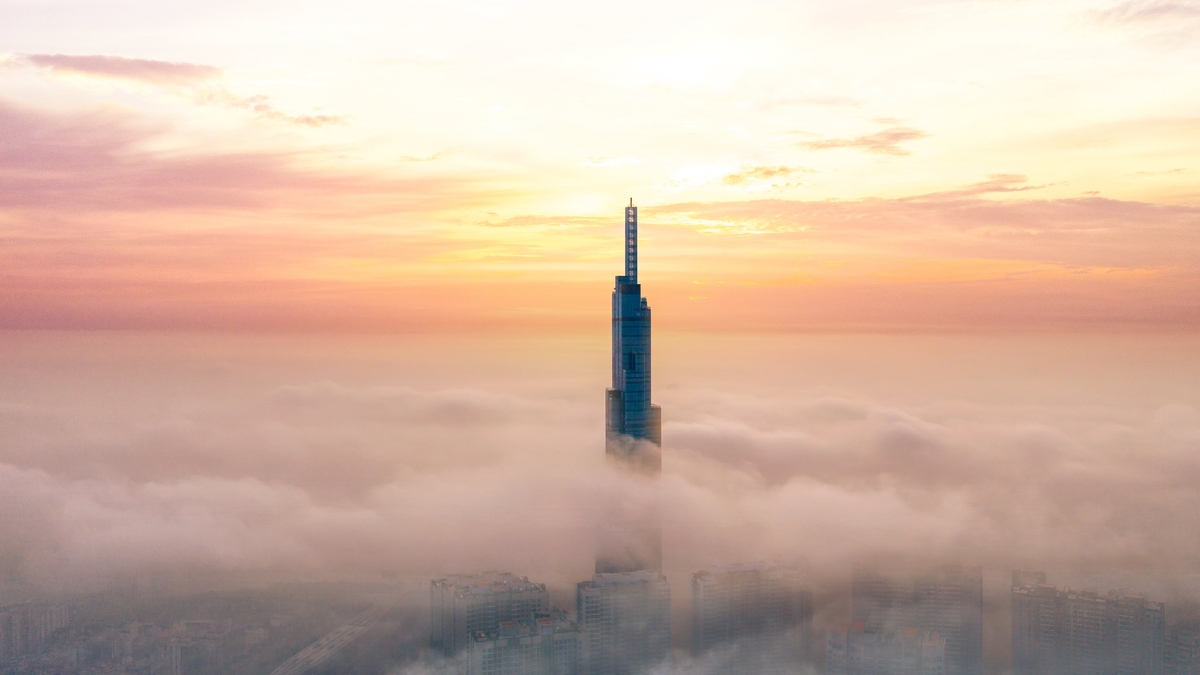





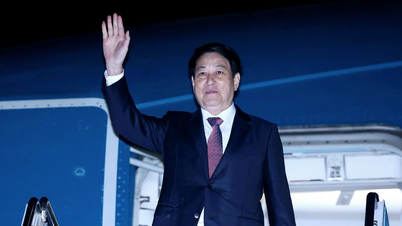

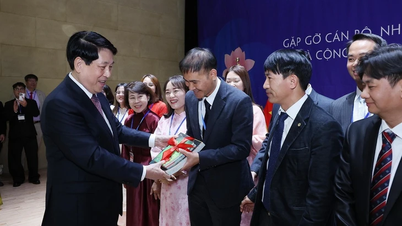
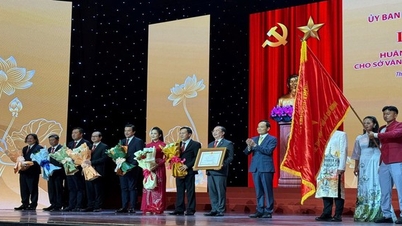
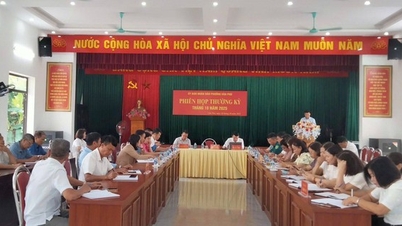

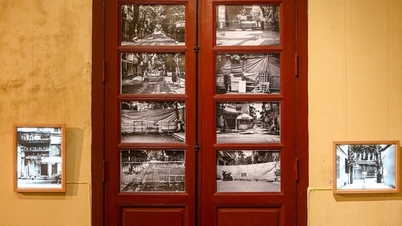


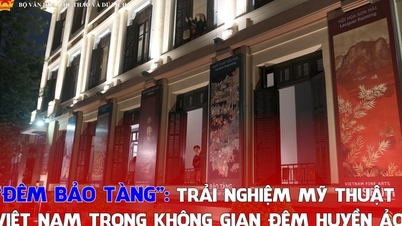
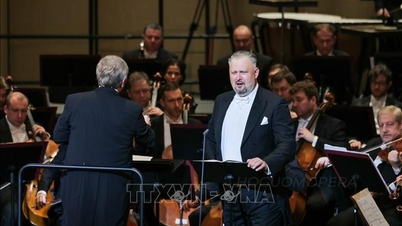


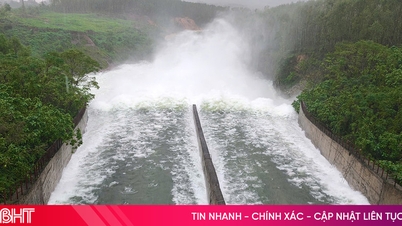

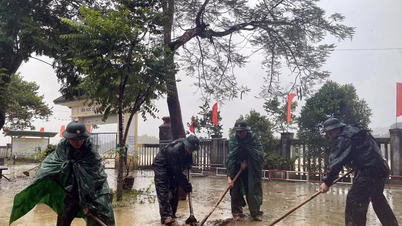




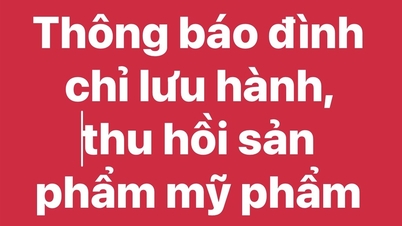

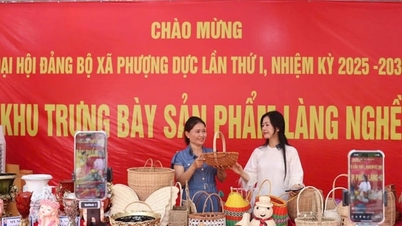










Comment (0)